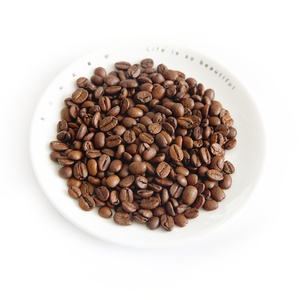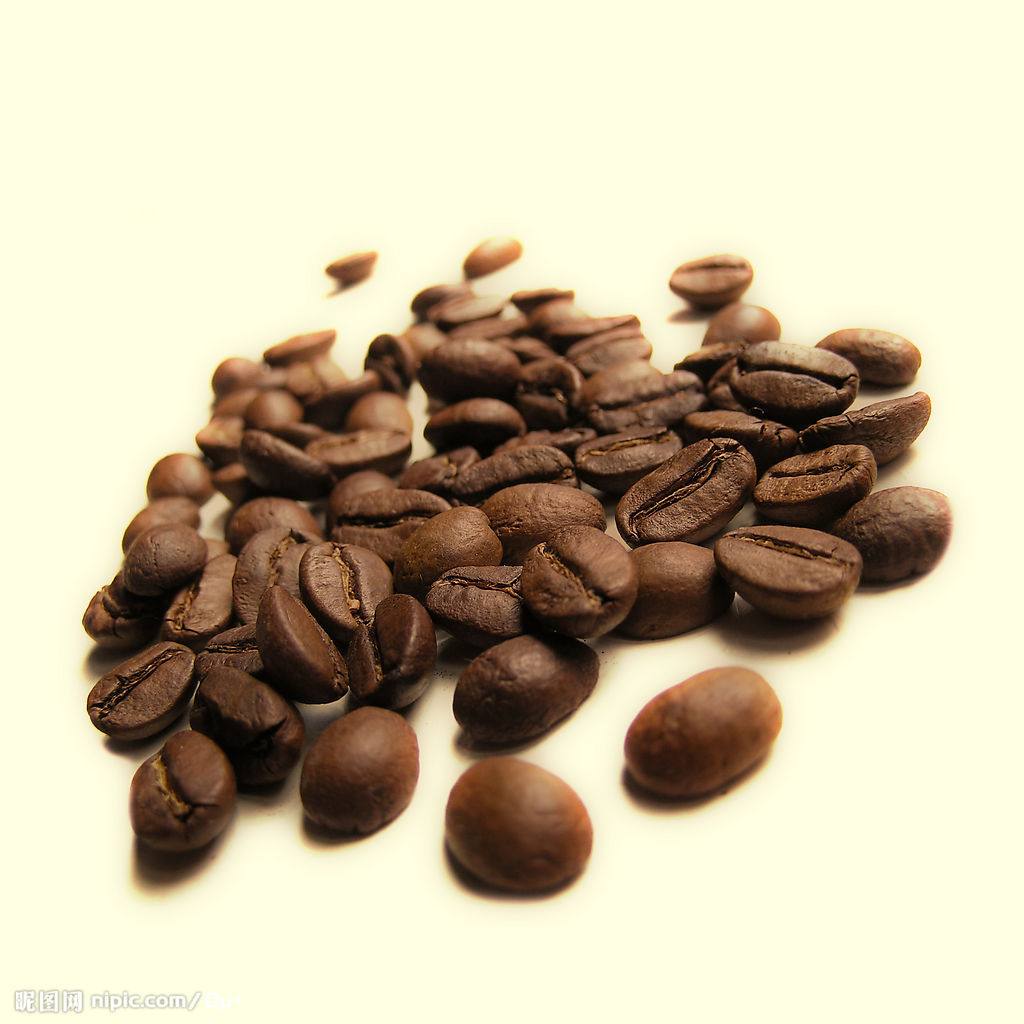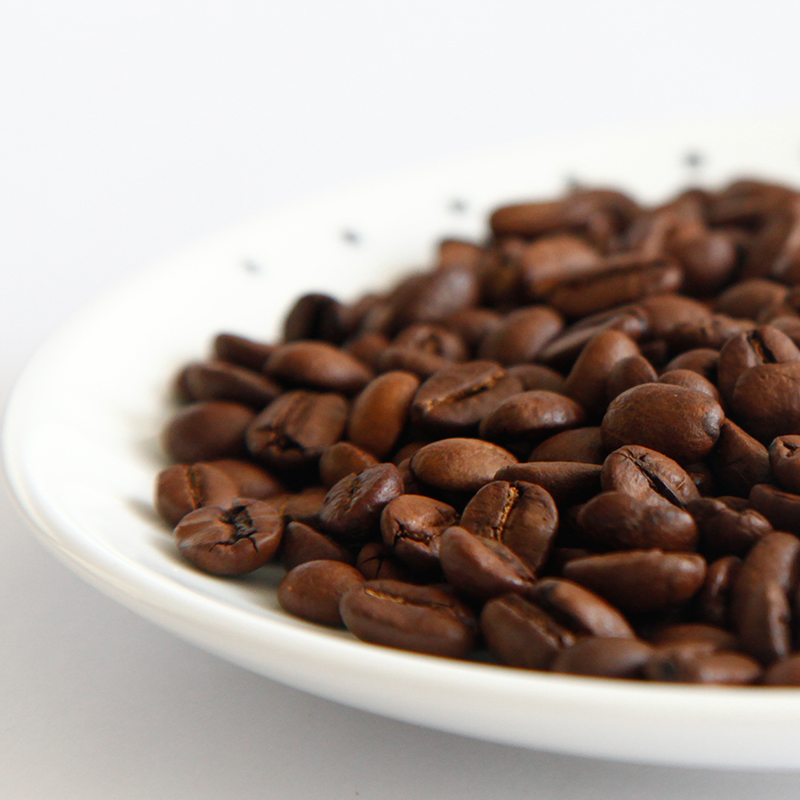Espresso Definition and Standard The standard for judging Italian coffee is as follows
Espresso originated in Italy and is regarded as the three national treasures by Italy together with "Fashion, Food". When it comes to China, it also has more names, such as espresso, espresso, espresso and so on. With the increasing popularity of coffee, its name is gradually unified, either directly by "Espresso" or by "espresso".
What does Espresso mean? Some people say that the word has something to do with the English word espress, coupled with the unique way of making fresh drinks at the Espresso bar, so Espresso stands for on the spur of the moment and just for you translated into Chinese as "coffee made quickly on the spot" and "coffee made specially for you". Most people still think that the name Espresso emphasizes the meaning of rapid extraction or super enrichment of its characteristics.

WBC (World Barista Championship) has the following basic settings for Espresso:
1, capacity. The amount of coffee is lounce (including crema, between 25~35ml)
2, water temperature. It was extracted with water with a water temperature of 90.5-96 degrees.
3, air pressure. The pressure is 8.5 to 9.5 atmospheres.
4, time. The extraction time is 20: 30 seconds.
5, jet lag. The Espresso extraction time difference of each coffee is less than 3 seconds.
6, coffee cup. Espresso must be crashed into 60~90ml 's container with a special coffee cup with a cup ear. The special coffee cup has a unique name demitasse cup.
Combined with the description in WBC, the definition of Espresso is summarized as follows:
Espresso refers to the coffee with golden grease extracted from 90.5 to 96 degrees water at 8 to 10 atmospheric pressure in 20 to 30 seconds, 25~30ml.
In addition to meeting these hardware requirements, a qualified Espresso also has corresponding requirements on the state of the extracted Espresso, such as the thickness and color of the crema, as well as the taste of the Espresso, and stipulates that the qualified Espresso should have a balanced taste.
The coffee made by many extraction methods other than Italian concentration emphasizes the maximum embodiment of the flavor of the coffee itself, that is, the pursuit of the flavor of the coffee from the place of origin, from roasting to grinding to extraction, which is always required to reflect the flavor of the coffee from the origin of the coffee. therefore, in addition to the method of Italian coffee extraction, whether it is hand bubble, siphon or pressure pot, although the extracted coffee is different in flavor. But the difference only lies in which extraction method better and more perfectly reflects the original flavor of coffee.
The world of Espresso completely subverts this set of principles. In the world of Espresso, there are unique standards different from other extraction methods, from the initial selection of coffee beans to blending, to grinding and extraction.
The article comes from Xiao Xu's coffee blog.
Important Notice :
前街咖啡 FrontStreet Coffee has moved to new addredd:
FrontStreet Coffee Address: 315,Donghua East Road,GuangZhou
Tel:020 38364473
- Prev

American Coffee Manor Peruvian Coffee beans have sweet nutty flavor.
Up to 98 per cent of Peruvian coffee is grown in forest areas, most of the producers are small farmers, and Peru's best coffee is produced in several regions, such as Chanchamayo, Cuzco, Norte and Puno. Most Peruvian coffee is grown under natural conditions, but it is also difficult to confirm the cultivation of all coffee trees. Natural condition
- Next

The basis of Italian blending the basis of blending coffee beans and the basic standard of blending coffee
People mix coffee from all over the world for a number of reasons, presumably in the hope of making a cup of coffee that tastes better than any other blend. High-quality Arabica is not used to match because of its pure taste, aroma, body and aftertaste. Therefore, one of the reasons for the commercial blending of coffee is the use of low-quality coffee.
Related
- Guji coffee producing area of Guji, Ethiopia: Humbela, Shakiso, Wulaga
- What is the most expensive variety of Qiloso in BOP multi-variety group?
- How to store the coffee beans bought home?
- Why are Yemeni coffee beans so rare now?
- Ethiopian Sidamo all Red Fruit Sun Sun Santa Vini Coffee beans
- SOE is mostly sour? What does it mean? Is it a single bean? what's the difference between it and Italian blending?
- Is Italian coffee beans suitable for making hand-brewed coffee?
- How to choose coffee beans when making cold coffee? What kind of coffee beans are suitable for making cold coffee?
- Just entered the pit to make coffee, what kind of coffee beans should be chosen?
- Can only Japan buy real Blue Mountain Coffee? What are authentic Jamaican Blue Mountain coffee beans?

